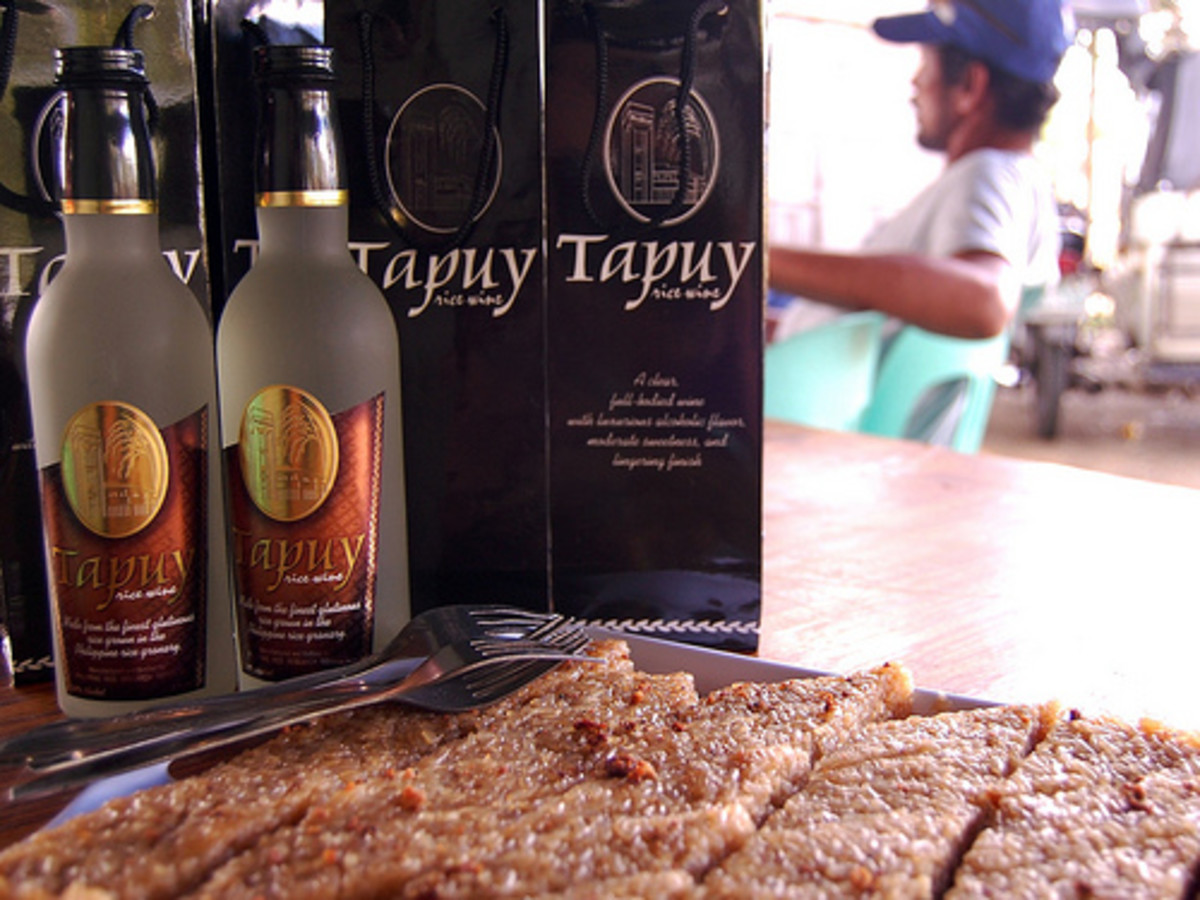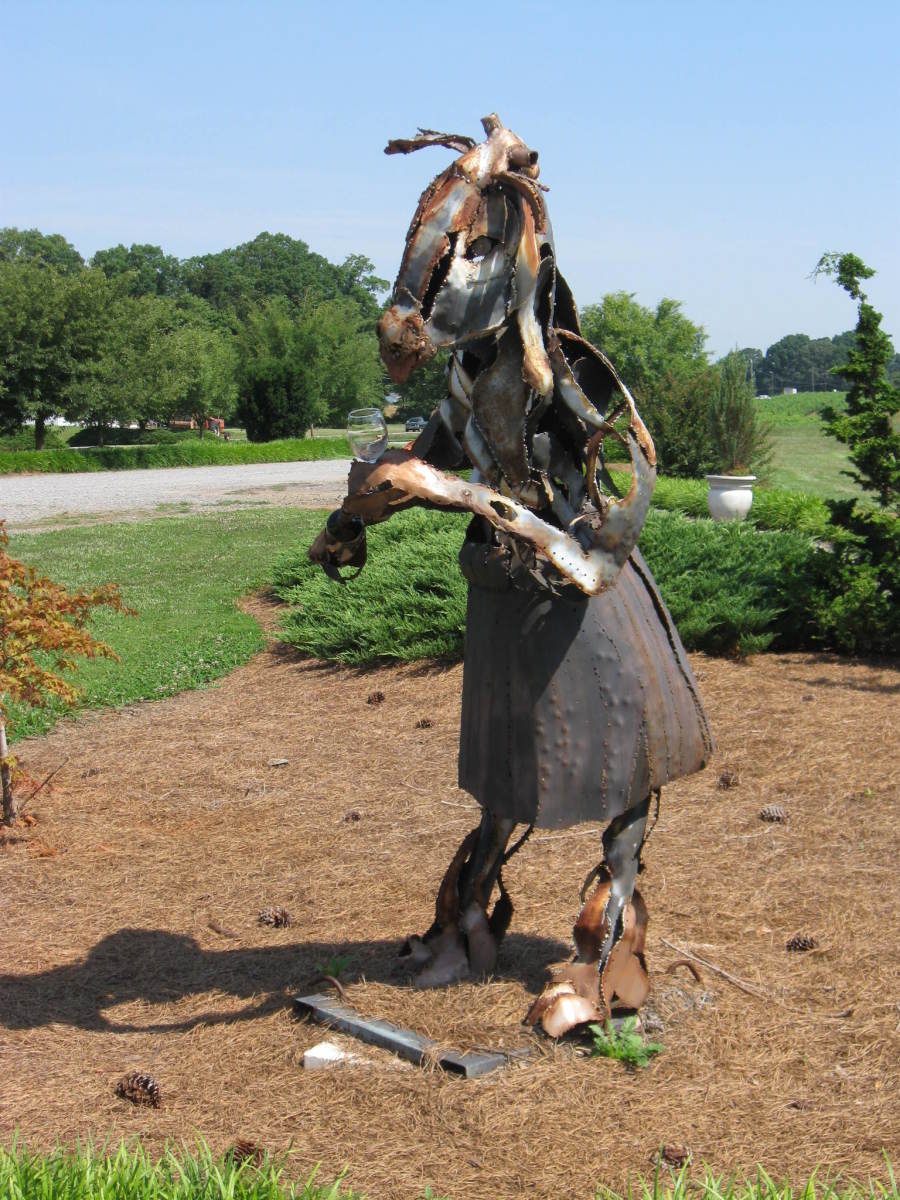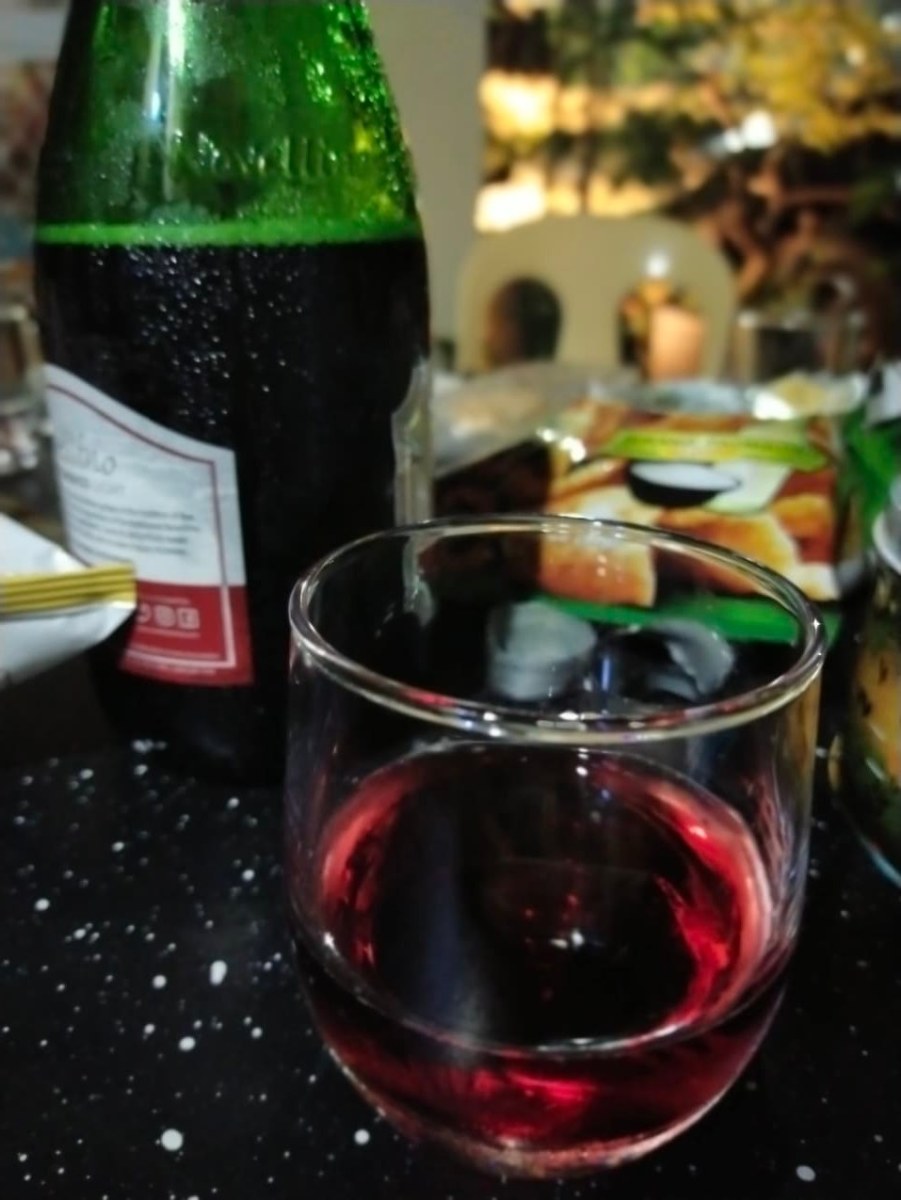French Wine Regions - Burgundy
Burgundy - Cotes de Nuits & the Hospices de Beaune

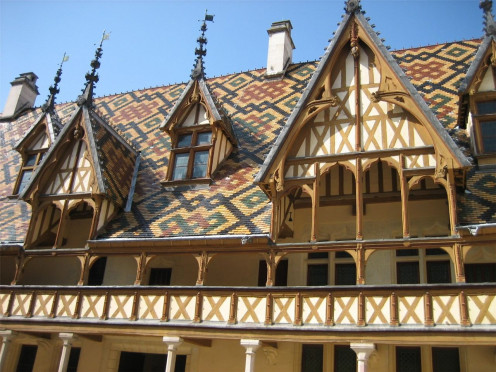
BURGUNDY VINEYARDS AND GRAPES
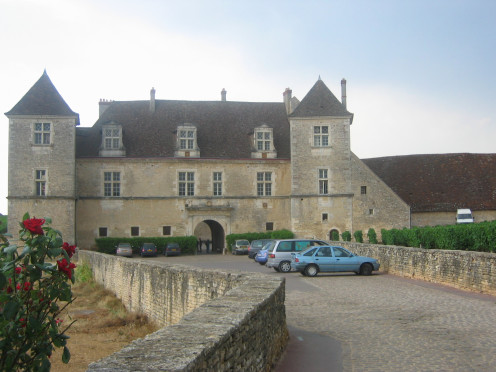
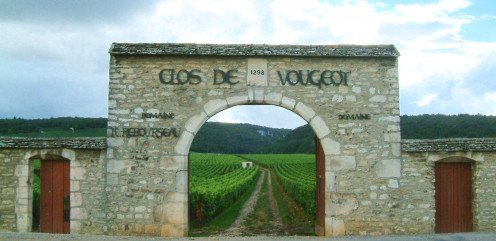
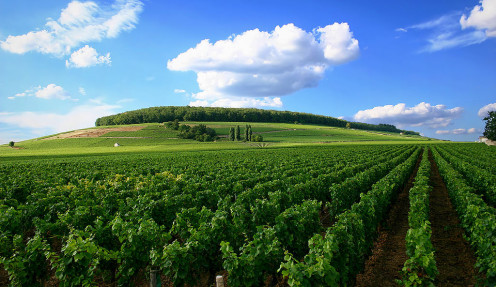
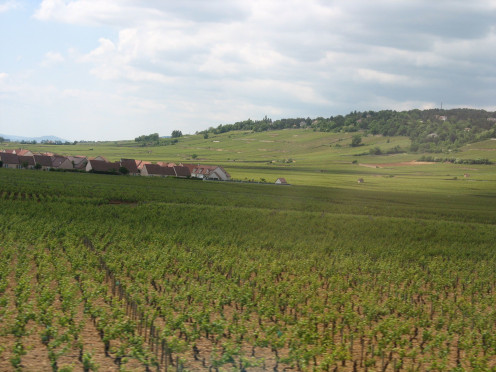

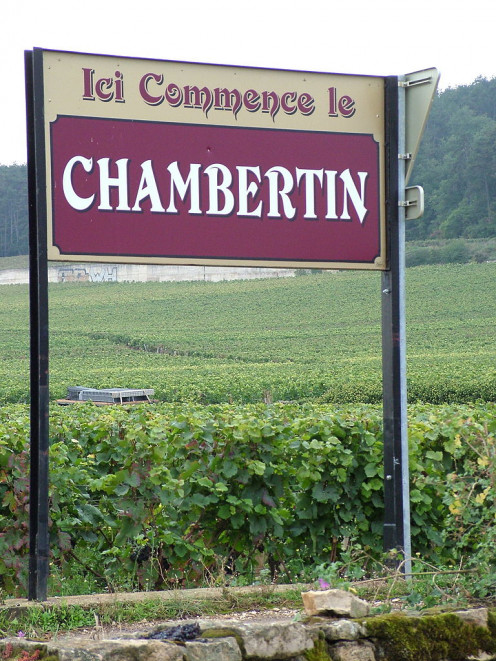
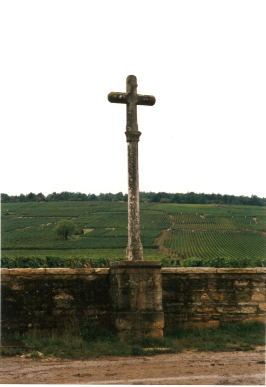
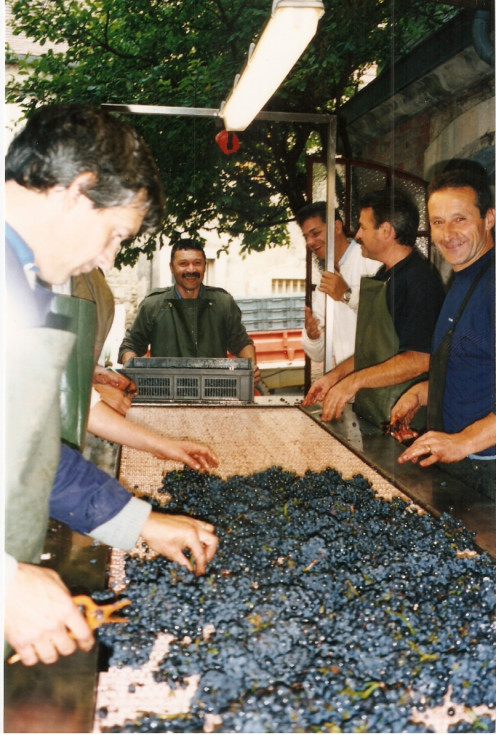
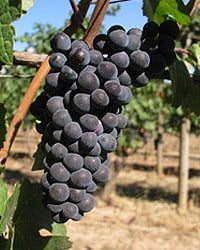
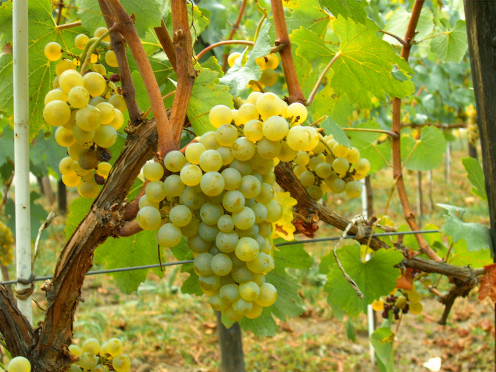
====================
French Wine Regions - Burgundy
====================
In 1971, I had the good fortune of spending a week in the Burgundy wine region of France. I was traveling with a close friend who was a wine buyer for a major chain of stores in the Detroit area.
----------------------------
We spent most of the week in Burgundy except for the last day when we visited Beaujolais. We stayed in Beaune and spent each day with a different negociant visiting different vineyards and tasting dozens of wines many right out of the barrels in the wine cellars.
----------------------------
In addition, we were given personal tours of the Hospices de Beaune and the wine museum at Clos de Vougeot. The Hospices de Beaune is a charitable hospital which was founded in 1443 by Nicolas Rolin, Chancellor of Burgundy, to care for the poor and the needy.
----------------------------
Each year since 1851, a charity auction is held at the Hospices de Beaune to help fund its operation. Barrels from 31 cuvees of red wine and 13 of white wine, from donated vineyard land, are auctioned off. The prices paid for these wines are always high but they do give some indication of what prices will be for the current vintage.
---------------------------
I also managed to eat some wonderful food for the first time including"escargot" (snails) and ‘ris de veau" (calves sweetbreads). In addition, we were able to dine at Paul Bocuse’s three star restaurant just outside of Lyon, but I will leave the details for another Hub. This Hub is devoted to the wine.
=================
If you want to start learning about the wines of Burgundy, I recommend that you start with the following ten important facts:
1. Burgundy is one of the smallest wine regions in France producing typically around 180 million bottles of wine a year. This is only about 5% of the total wine produced in France and about 20% of the wine produced in Bordeaux. Burgundy wines have always been expensive.
---------------------------
2. There are four levels of Burgundy classifications, in descending order of quality:
(a) Grand Cru Wines-
There are only 33 vineyards and they represent only 2% of all production.
(b) Premier Crus -
There are about 600 vineyards in this classification and they represent 12% of all production.
(c) Village Appellations-
These wines are produced from a blend of wines from lesser vineyards within the boundaries of one of 42 villages.Theymake up 36% of all production.
(d) Regional Appellations-
These wines can be produced from grapes produced anywhere within an entire region , which is significantly larger than an individual village. These wines account for the remaining 50% of all production in Burgundy.
--------------------------
3. The Burgundy wine region (excluding Beaujolais) extends from Dijon in the north down to Macon in the south and can be divided up into four distinct regions:
(a) Cote de Nuits – Contains 24 out of the 25 red Grand Crus of Burgundy
(b) Cote de Beaune – Contains all of the 8 white Grand Crus
(c) Cote Chalonnaise – Produces a mix of both white and lesser-known red wines such as Mercurey, Rully and Givry.
(d) Maconnais – Produces large quantities of easy drinking, affordable white wines.
--------------------------
4. Although Burgundy is best known for its red wines, about 60% of its wine is white, 34% is red and the remaining 6% is sparkling wine known as cremant.
-------------------------
5. For all practical purposes, the vast majority of the wine in Burgundy is made from either Pinot Noir grapes for red wine and Chardonnay grapes for white wines. Some of the lessor wines and the sparkling wines use some Gamay and Aligote grapes but I suggest that you avoid them.
------------------------
6. The greatest red wine in Burgundy is generally considered to be La Romanee Conti whose roots can be traced back to the 12th Century. The current owners also own Richebourg, LaTache, Echezeaux and Grand Echezeaux. To get ome bottle of Romanee Conti, you must also buy 11 bottles of their other wines (a mixed case sells for about 3000 Euros).
--------------------------
7. When I started studying French Burgundy wines in the mid 1960s, they were expensive but not completely out of reach for an unmarried man with a good salary. I managed to taste more than half of the 33 Grand Cru wines, some in multiple vintages. At the end of this article, I list all 33 Grand Cru vineyards along with some of my tasting observations.
--------------------------
8. Chateau bottling, which is common in Bordeaux, does not exist in Burgundy because there really aren’t many chateaux located there. You will typically here the term "estate bottled", which is somewhat equivalent. Individual vineyards are well defined but the winemaking is not usually done at the vineyard. In addition, there may be multiple owners each with only a small piece of the vineyard. In particular, the famous Closde Vougeot vineyard (125 total acres) was split among 80 different owners in the early 2000s.
--------------------------
9. French wines are labeled according to the specific locations where the grapes are grown rather than by grape variety. The Appellation d’ Origine Controlee (AOC) system defines which grapes and winemaking practices are allowed in each geographically defined appellation. If a French wine label simply lists the grape variety, it is an inferior wine (Alsace is an exception).
-----------------------------
10. French Burgundy vintages can vary considerably from one year to the next and they don’t always follow along with Bordeaux vintages. Even the red and white wines differ in quality in the same vintage. It is important that you consult a vintage chart so I have included a link to one below.
It is important to always taste a bottle before buying a case.
==========================================
To read about the other wine regions in France, go to:
An Introduction to French Wines
==========================================
French Wine Regions
MAPS OF THE BURGUNDY WINE REGIONS
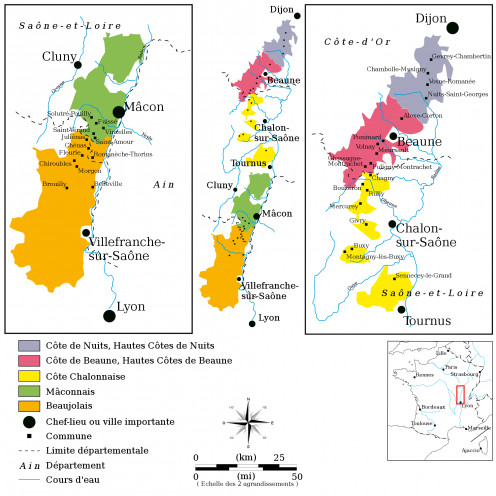
Burgundy Wine Tour
Clos de Vougeot
Romanee Conti
List of Grand Crus in Burgundy
============================================
In the late 1960s and early 1970s, I was fortunate to taste many of the 33 Grand Crus of Burgundy. Today, with prices as high as they are, I could never do this again.
------------------------------
I used to keep very extensive notes on the wines that I tasted but unfortunately, I lost them all during a series of moves later in my life. I have tried to provide some idea of my recollections of tasting those wines in the following table.
------------------------------
One general observation i will make is that since the 1950s and 1960s, Burgundy wines to not age as well as they used to. I recall drinking a bottle of 1942 Nuits St. Georges when it was 25 years old and it still had a lot of life in it.
-------------------------------
More recently, I found that many of the great 1966 Burgundy wines were beginning to decline after just 10 years. They don't make them the way they used to.
==============================================
Burgundy Grand Crus
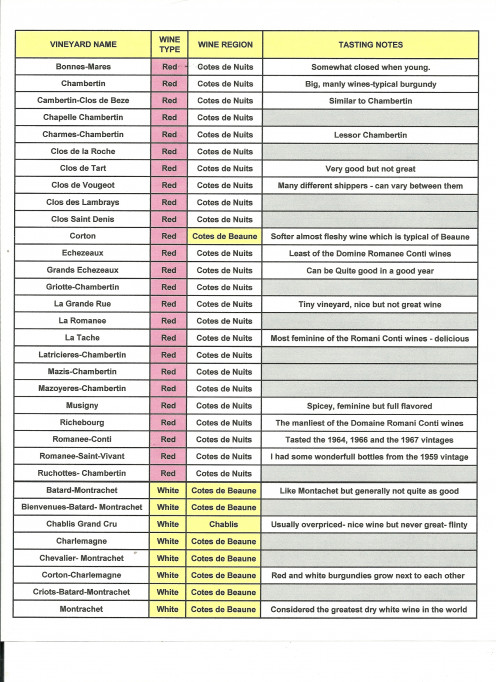
Lyon, France
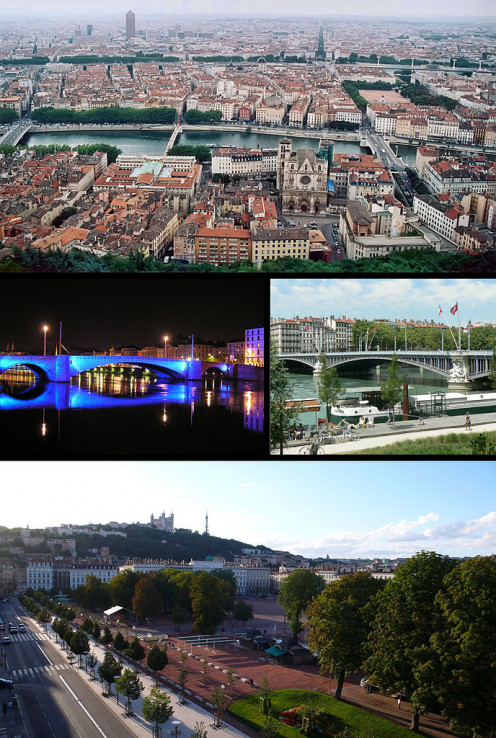
BURGUNDY WINE REGION IN RELATION TO PARIS AND LYON
WINE ADVOCATE VINTAGE WINE CHART (2011-1970)
HOW TO READ A FRENCH WINE LABEL - BURGUNDY
- How to Read a French Wine Label: Burgundy
How to Read a Wine Label: Burgundy, France
More Wine Hubs by rjsadowski
- Wine and Food - How to Hold a Wine Tasting?
One of the best ways to learn about wine is to hold a wine tasting with your friends. This Hub explains the best way to do this. Better yet, form a wine tasting club and meet regularly to learn and have fun. You can also explore different cheeses and - Top Ten Things You Should Know About Wine
If you are interested in learning about wine, here is a list of the top ten things that you should know. Topics covered are wine production, consumption, what to look for and other interesting facts. The most important thing to remember is that there - French Wine Regions - The Rhone Valley
The wines of the Rhone valley stretch from Vienne which is close to Lyon all the way down to Avignon which is fairly close to Marseille.There are two distinct regions that make entirely different wines from different grape varieties. The north produc - French Wine Regions - Beaujolais
The French wine region of Beaujolais has three major appelations (AOCs) - Beaujolais, Beaujolais Village and Crus du Beaujolais (containing ten individual Crus). This article describes all of them along with the grapes and the method which is used to - French Wine Regions - Bordeaux
The greatest wines in the world come from the French Wine region of Bordeaux. Names like Chateau Margaux, Chateau Latour and Chateau Lafitte Rothschild are legendary and command the highest wine prices. The main regions in Bordeaux are the Medoc, Gra - French Wine Regions - Alsace
Alsace often changed hands between Germany and France for over a hundred years until the treaty of Versilles was signed in 1921. It is no wonder that the Alsacian wines still resemble the white wines of Germany with the grape variety displayed promin - An Introduction to French Wines
France is the largest producer of wines in the world. French wine regions like Bordeaux, Burgundy, Champagne and Beaujolais have become household words. French grape varieties such as cabernet sauvignon, pinot noir, chardonnay, syrah and merlot are p - An Introduction to New Zealand Wines
New Zealand is one of the fastest growing wine producing areas in the world. In the 1990s a British wine critic declared that New Zealand sauvignon blanc was - An Introduction to Australian Wine
Australia is the sixth largest producer of wine in the world producing 4.4 percent of the world's wine. It is also the third largest exporter of wine to the United States accounting for 15.6 percent of the wine imported here. This hub is intended to




